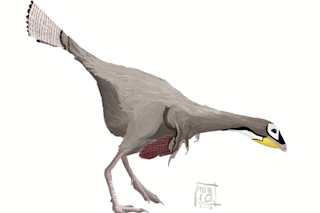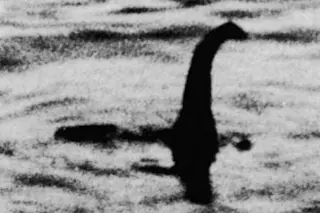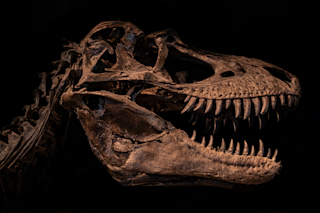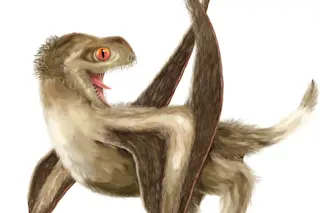One day in October 1995 paleontologist Philippe Taquet had visitors in his lab at the National Museum of Natural History in Paris. Horacio and Isabel Mateus, amateur fossil hunters, came in with a set of tiny bones. They had been walking with their daughter, Marta, along a seaside cliff northwest of Lisbon when Marta came across what looked like black pottery shards. The Mateuses recognized them as fossilized eggshells and soon found bones nearby. Taquet realized they were no ordinary bones. I saw immediately they were very small bones of dinosaurs, so I rushed to Portugal, he says.
There he joined a group of Portuguese paleontologists who had also seen the fossils found by the Mateus family. In the first block of 34 eggs there was one egg, crushed open, says Taquet. We could see the embryo inside perfectly. There were some fragments of vertebrae attached to the inside of the eggshell. This proved it was an embryo, not a baby. This was absolutely splendid. Last June, Taquet and the Portuguese researchers made clear just how splendid Marta’s discovery was: they announced she had found the oldest embryo of a carnivorous dinosaur, or theropod. It dates back 145 million years.
Although dinosaur eggs have been found at about 200 sites worldwide, major deposits are few, and embryos are rarer still—this is the first to be found in Europe. Embryos are particularly precious because they can help tie dinosaur eggs to specific dinos and even show how the animals grew. The Portuguese embryo, which resembles an Allosaurus from North America, would have been only 10 inches long had it hatched, says Taquet, but up to 30 feet long as an adult.
Perhaps more surprising is that there were three types of dinosaur eggs in clutches at the site, suggesting that it might have been a nursery for different species of dinosaur. This reminds Taquet of birds, which often nest together—and which are thought to be descended from theropods.














